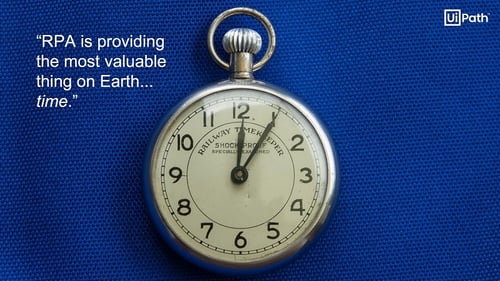The artist Pablo Picasso once said you should learn the rules like a pro so you can break them like an artist. It’s clear he wasn’t in charge of a large corporation, though. Breaking the rules in business is costly, and it’s getting even more so. According to research by Thomson Reuters, 61% of compliance and risk practitioners expected to spend more on complying with rules and regulations in 2019 than they had in 2018.
The research focused on financial services firms, which have to deal with reams of exotically named rules and regulations, such as Know Your Customer (KYC) or the Markets in Financial Instruments Directive II. But other sectors are increasingly swaddled in rules, too. Take the 2018 implementation of the European Union’s General Data Protection Regulation, for example. That affected just about any company doing business in or with Europe.
61% of compliance and risk practitioners expected to spend more on complying with rules and regulations in 2019 than they had in 2018,
- research by Thomson Reuters
Despite their often-labyrinthine names, most of the modern regulations that businesses are subject to have a fairly simple goal: to improve levels of information and transparency. This is not necessarily a bad thing. Having a more accurate and timely view of your operations doesn’t just help you to avoid fines, but also gives you a clearer view of how you are performing against your peer group.

So, the work that goes into compliance can often serve also for benchmarking and competitive analysis. Great, you say, but it’s still a lot of work and ties up time and money that I could do with elsewhere in my business. Or, at least, it used to tie up time and money. Now, though, smart business leaders are waking up to a new secret weapon for benchmarking and compliance.
It’s called Robotic Process Automation (RPA) and is essentially about getting Artificial Intelligence (AI) to do many of the tasks that are driving your employees mad, such as ticking boxes for compliance purposes. In a talk hosted recently by Infomentum, Guy Kirkwood, chief evangelist at the RPA leader UiPath, explained why so many companies are turning to this technology for compliance and benchmarking.
"In terms of stopping the bad guys, in terms of fraud detection, it’s really good because it stays awake 24 by seven 7? It doesn’t get tired. It doesn’t take holidays.”
- Guy Kirkwood, chief evangelist at the RPA leader UiPath
Giving humans a better picture
Process automation used to be about taking humans out of the picture, said Kirkwood. But more and more, companies are using RPA to give humans a better picture: one where they are freed from drudgery and able to work more efficiently and productively. In one example cited by Kirkwood, a US federal customer of UiPath’s applied RPA to a task that was being done by 940 employees. “They still have 940 people doing that task, but they are now doing 70% more work,” said Kirkwood. If that’s what you get from sticking to the rules, who would want to break them?
If you need support on your automation journey or still not sure how RPA and AI could benefit your business talk to our experts.








